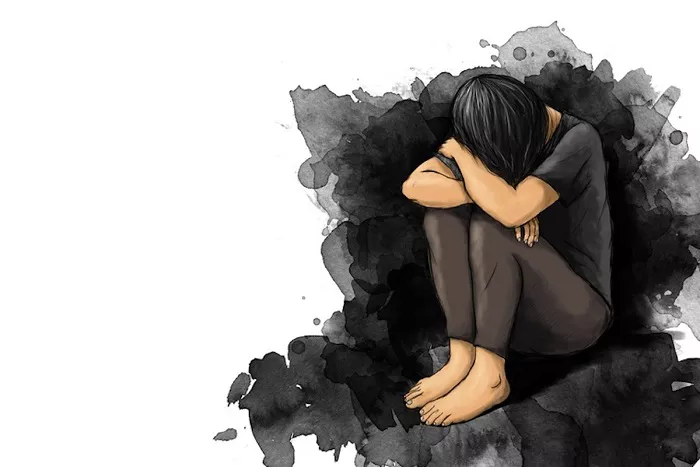Losing weight can be challenging, especially for men who want to shed fat while maintaining muscle mass. The right diet plays a crucial role in achieving this goal. Unlike fad diets that promise quick results but fail in the long run, a sustainable men’s weight loss diet focuses on balanced nutrition, portion control, and healthy habits. This guide will walk you through the best dietary strategies to help men lose weight effectively and keep it off.
Understanding Men’s Weight Loss Needs
Men and women lose weight differently due to variations in hormones, metabolism, and body composition. Testosterone, the primary male hormone, supports muscle growth and fat burning. However, poor eating habits, lack of exercise, and aging can slow metabolism, making weight loss harder. A proper diet for men should:
- Promote fat loss while preserving muscle
- Provide enough protein for recovery and strength
- Include healthy fats and fiber for energy and digestion
- Avoid excessive sugar and processed foods
By following these principles, men can achieve steady, healthy weight loss without extreme restrictions.
Key Components of a Men’s Weight Loss Diet
High-Protein Foods for Muscle Retention
Protein is essential for men looking to lose weight. It keeps you full, reduces cravings, and helps maintain lean muscle. Good protein sources include:
- Lean meats like chicken, turkey, and lean beef
- Fish such as salmon, tuna, and cod
- Eggs, especially egg whites for low-calorie protein
- Plant-based options like lentils, beans, and tofu
Aim for at least 0.7 to 1 gram of protein per pound of body weight daily.
Healthy Fats for Energy and Hormone Balance
Many men avoid fats when trying to lose weight, but healthy fats are crucial for hormone production and energy. Include:
- Avocados
- Nuts and seeds (almonds, walnuts, chia seeds)
- Olive oil and coconut oil
- Fatty fish like salmon for omega-3s
These fats support testosterone levels and keep you satisfied between meals.
Complex Carbohydrates for Sustained Energy
Not all carbs are bad. Choosing the right ones helps fuel workouts and prevents energy crashes. Opt for:
- Whole grains like oats, quinoa, and brown rice
- Vegetables, especially leafy greens and broccoli
- Sweet potatoes and other fiber-rich starches
Avoid refined carbs like white bread, pastries, and sugary snacks, which lead to weight gain.
Fiber for Digestion and Fullness
Fiber slows digestion, keeping you full longer and aiding gut health. High-fiber foods include:
- Berries, apples, and pears
- Broccoli, Brussels sprouts, and carrots
- Whole grains and legumes
Aim for at least 30 grams of fiber daily to support weight loss.
Hydration for Metabolism and Appetite Control
Many men overlook water intake, but dehydration can slow metabolism and increase hunger. Drink at least 3 liters (about 13 cups) of water daily. Herbal teas and black coffee (without sugar) can also help with fat burning.
Foods to Avoid for Effective Weight Loss
Some foods sabotage weight loss efforts by spiking blood sugar or adding empty calories. Limit or avoid:
- Sugary drinks (sodas, energy drinks, sweetened coffee)
- Processed snacks (chips, cookies, candy)
- Fried foods and fast food
- Excessive alcohol (beer and cocktails are high in calories)
Cutting these out can significantly improve fat loss results.
Best Meal Plan for Men’s Weight Loss
A structured meal plan helps maintain consistency. Here’s a simple daily guide:
Breakfast: Protein and Fiber Combo
- Scrambled eggs with spinach and whole-grain toast
- Greek yogurt with berries and nuts
Lunch: Balanced Meal with Lean Protein
- Grilled chicken with quinoa and roasted vegetables
- Tuna salad with mixed greens and olive oil dressing
Dinner: Light but Satisfying
- Baked salmon with sweet potato and asparagus
- Lean beef stir-fry with brown rice and broccoli
Snacks (if needed):
- Handful of almonds or walnuts
- Protein shake with almond milk
- Carrot sticks with hummus
This plan ensures steady energy levels and prevents overeating.
The Role of Exercise in Men’s Weight Loss
Diet alone isn’t enough; exercise accelerates fat loss and builds muscle. Combine strength training (weightlifting, resistance bands) with cardio (running, cycling, swimming) for best results. Aim for at least 150 minutes of moderate exercise per week.
Common Mistakes Men Make When Dieting
Many men fail in weight loss due to these errors:
- Skipping meals (slows metabolism)
- Overeating “healthy” foods (nuts, avocados are calorie-dense)
- Not tracking portions (even good foods can lead to weight gain in excess)
- Relying only on cardio (strength training is key for fat loss)
Avoiding these pitfalls improves success rates.
Long-Term Success: Building Healthy Habits
Crash diets don’t work. Instead, adopt these sustainable habits:
- Eat mindfully, without distractions
- Cook meals at home to control ingredients
- Get enough sleep (poor sleep increases hunger hormones)
- Manage stress (cortisol leads to belly fat storage)
Consistency is the real secret to lasting weight loss.
Conclusion
The best men’s diet for weight loss focuses on whole foods, balanced macros, and portion control. By eating enough protein, healthy fats, and fiber while avoiding processed junk, men can lose fat without losing muscle. Combine this with regular exercise and good sleep for optimal results. Remember, weight loss is a journey—stay patient, stay disciplined, and the results will come.
Start today, make small changes, and build a healthier lifestyle that lasts. Your future self will thank you.
Related articles:
How Can I Lose Weight During Perimenopause?
How To Lose Weight During Menopause With Supplements?
What Are The 5 Fastest Ways To Lose Weight For Menopause?


